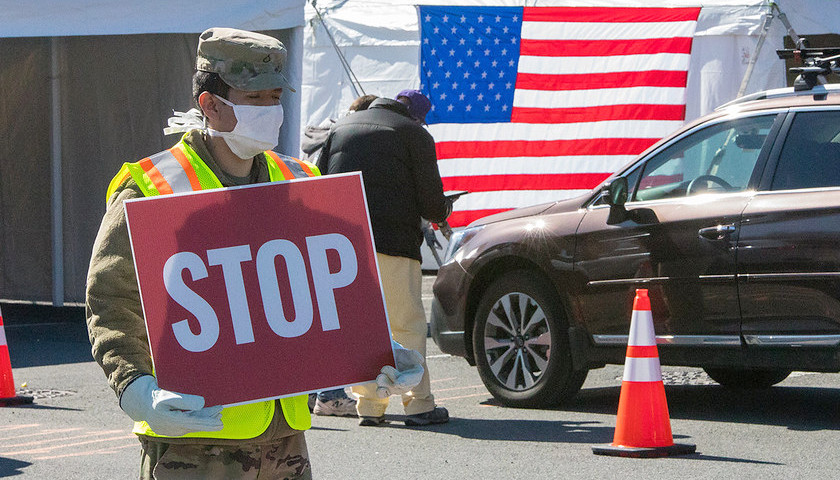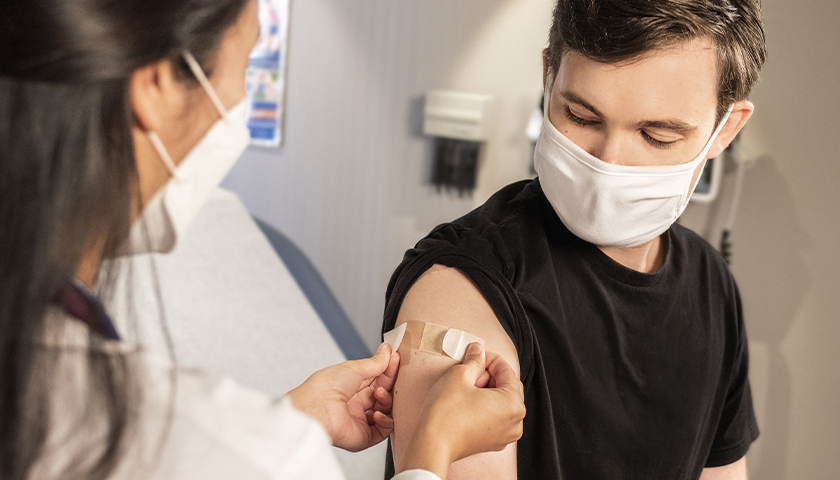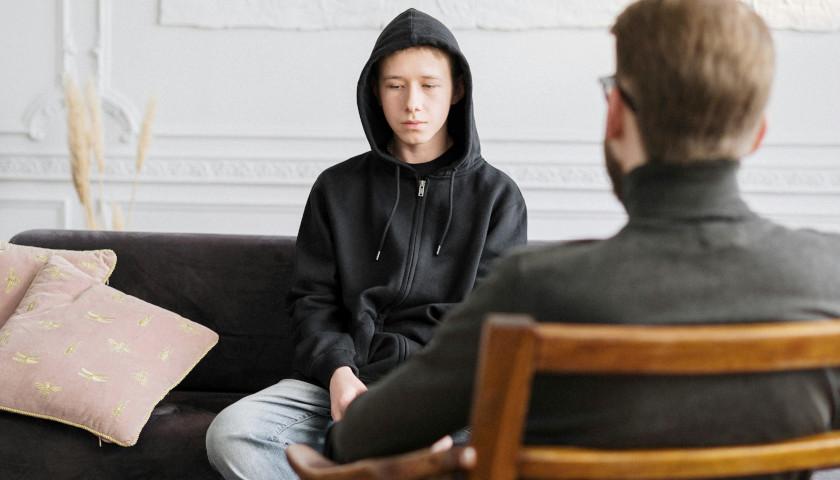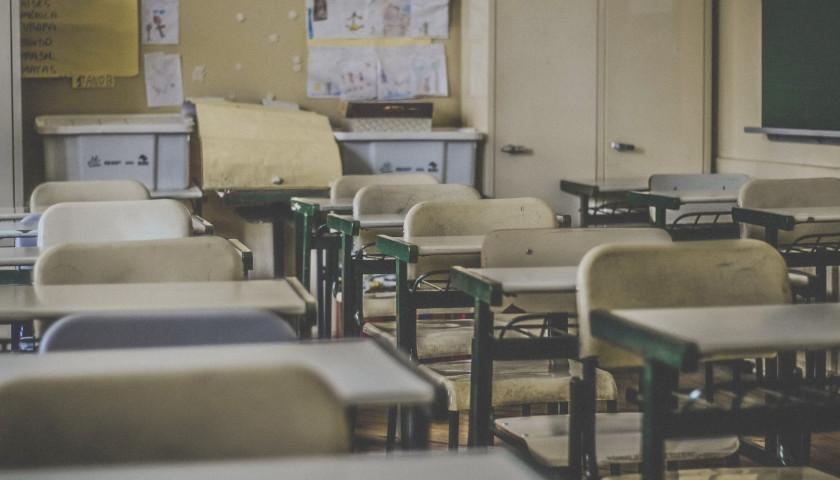Ohio Department of Health (ODH) Director Amy Acton announced during Monday’s press conference that the state is training volunteers to help with “contact tracing,” which is a process that helps identify people who may have contacted an infected person.
The ODH has been working with medical and professional schools to help train these volunteers in an attempt to better allocate state resources for the coronavirus.
“Let’s just say we have the testing. You want to know someone is infectious the second they are. So, the quicker you can identify them is the very first step,” Acton said.
Soon, Ohio will deploy mobile units of volunteers who can go around and to hotspots and quickly investigate people. Acton said that Ohio will be using a new Google software that allows for great contact tracing.
Acton did not say how many volunteers Ohio has, but she did say she had an “army” of them.
“We really need to do this part professionally and well, so that we don’t see a rebound,” the ODH director said.
Acton also described Monday that there may need to be a place in the future for people to recover when they can’t go back to their homes.
The health director said during Tuesday’s press conference that she is expecting flareups in Ohio until a vaccine is developed.
To help Ohio battle with the coronavirus, ODH is using $39 million, which was approved by Ohio’s State Controlling Board, for “procuring supplies for statewide specimen collection and specimen collection kit manufacture, medications to treat COVID-19 patients, as well as contract services for external testing and temporary laboratory staffing and laboratory equipment,” the Akron- Beacon Journal reports.
This new contact tracing method is part of a broader resource plan that the ODH director has been working on in the last few weeks.
One of the plans Acton mentioned when speaking on Monday that talked about contact tracing was the American Enterprise Institute (AEI)’s one released on March 28. Acton said AEI’s plan, along with McKinsey and John Hopkins Center for Global Security, were“some of the best plans.”
AEI’s plan recommends a three-step approach: test, trace and isolate.
For testing, the institute said advancing diagnostic testing capability is important so tests have the ability to give back same-day results. Getting everyone tested for the Chinese virus will help move from “community-wide interventions that focus on large populations to case-based interventions that target and isolate individual people who are infected,” the report said.
The policy experts in this report said that if America did 750,000 coronavirus tests a week, then the country could move to case-based interventions.
Once testing reaches the levels recommended, the next step would be to get a tracking system that can monitor trends once an uptick in cases occurs when social distancing measures are less restrictive.
To do this, the report said to establish a “comprehensive national sentinel surveillance system, supported by and coordinated with local public-health systems and health care providers.” This system would trace the virus’s infection background rate and help identify areas of community spread when it is still small.
If people test positive under this system, they need to be isolated at home or in a hospital, according to this report. Home isolation can be done by GPS tracking on cell phone devices. AEI recommends giving people options who want to self isolate from their family an option of a hotel room.
– – –
Zachery Schmidt is the digital editor of Star News Digital Media. If you have any tips, email Zachery at [email protected].
Photo “New York National Guard Member” by The National Guard. CC BY 2.0.





